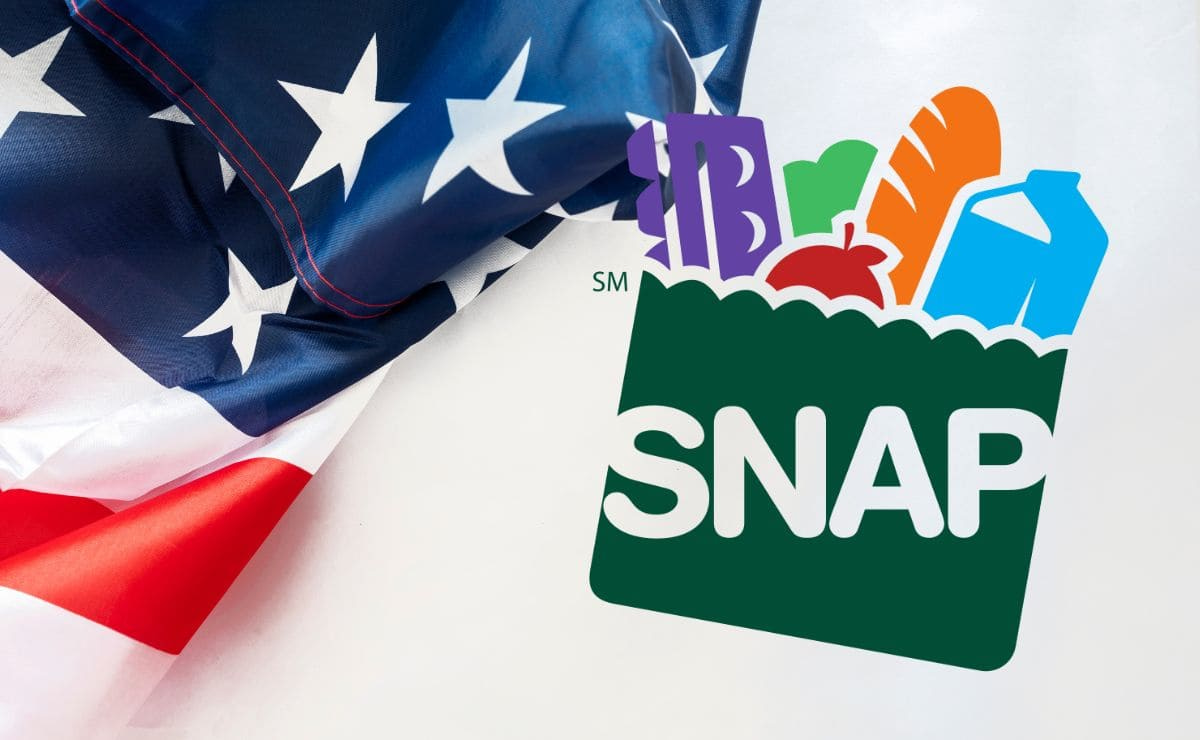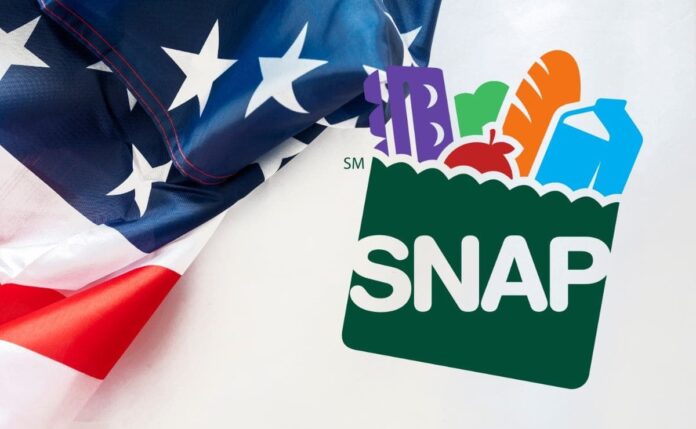The Supplemental Nutrition Assistance Program (SNAP) is one of the most important federal assistance programs in the United States. It aims to combat hunger and food insecurity among low-income individuals and families. Millions of people benefit from SNAP each year, receiving an Electronic Benefits Transfer (EBT) card that provides access to nutritious food.
In 2024, SNAP is set to undergo significant changes aimed at expanding its reach and improving the support it offers to those in need. These updates will address inflationary pressures and changes in societal demographics and will include expanded work requirements and increased benefit amounts.
These changes are designed to better meet the needs of America’s diverse population, and this overview will provide a comprehensive look at the four major changes coming to SNAP in 2024 and how they will impact recipients and reshape nutritional assistance in the U.S.
4 Major Changes to SNAP Coming

The changes that are going to take place in the SNAP program in 2024 indicate a promise to adapt social assistance programs to match the changing economic conditions and societal needs.
Both current beneficiaries and potential applicants need to keep themselves updated about these changes to understand how they might affect their eligibility and benefits.
The program is looking to improve food security and provide better support for low-income Americans by expanding work requirements, adjusting income eligibility thresholds, increasing monthly payments, and revising maximum allotments.
Change 1: Expansion of Work Requirements
- Previous Requirements: Before this adjustment, ABAWDs between the ages of 18 to 49 were required to meet specific work requirements to be eligible for SNAP benefits. These requirements included working at least 80 hours per month, participating in a work program for the same duration, or a combination of both.
- New Policy: Starting in 2024, the age range subject to these work requirements expands to include individuals up to 54 years old. This change is part of the broader efforts encapsulated in the Fiscal Responsibility Act signed by President Joe Biden, aiming to integrate more individuals into the workforce.
- Exemptions Remain for Vulnerable Groups: Importantly, the policy maintains exemptions for individuals who are pregnant, physically or mentally unable to work, veterans, homeless individuals, and those who were in foster care at the age of 18. These exemptions ensure that the policy targets those capable of working without unduly burdening those who are not.
Change 2: Adjustments in Income Eligibility
To provide a clearer understanding of the adjustments in income eligibility for the Supplemental Nutrition Assistance Program (SNAP) in 2024, it’s important to highlight the specific gross monthly income limits that have been set. These limits are based on 130% of the Federal Poverty Level (FPL) and vary depending on the size of the household. Here are the exact income limits for SNAP eligibility as adjusted for 2024:
- Household Size 1: $1,580
- Household Size 2: $2,137
- Household Size 3: $2,694
- Household Size 4: $3,250
- Household Size 5: $3,807
- Household Size 6: $4,364
- Household Size 7: $4,921
- Household Size 8: $5,478
- Each Additional Member: An increase of $557 for each additional household member beyond eight.
Change 3: Increase in Monthly Payments
In 2024, SNAP benefits, also known as food stamps, are set to increase. This change is part of the annual adjustment based on the Cost of Living Adjustment (COLA) to help ensure that the assistance keeps pace with inflation and helps recipients maintain their purchasing power for food.
The increase means that people receiving SNAP benefits will get more money each month to spend on groceries. This helps make sure that despite rising food prices, families and individuals can still afford the nutrition they need. For a clearer understanding, here are the new maximum payment amounts you can receive based on your household size:
- Household of 1: Up to $291 per month
- Household of 2: Up to $535 per month
- Household of 3: Up to $766 per month
- Household of 4: Up to $973 per month
- Household of 5: Up to $1,155 per month
- Household of 6: Up to $1,386 per month
- Household of 7: Up to $1,532 per month
- Household of 8: Up to $1,751 per month
- For each additional household member: Add $219 per month
Change 4: Revised Maximum Allotments
- What’s Changing: Maximum SNAP allotments are being revised to better reflect the cost of living in various parts of the country. These allotments are critical in determining the maximum amount of benefits a household can receive, and the adjustments take into account geographic variations in living costs.
- Impact: The revision in maximum allotments means that SNAP benefits will be more closely aligned with the actual costs faced by recipients in different states and territories. This ensures that assistance is proportionate to the needs, providing more targeted support to families and individuals.
The changes to the SNAP program, expected to take effect in 2024, represent a significant overhaul aimed at improving the program’s ability to respond to economic conditions and the needs of low-income Americans. The changes will expand work requirements, adjust income eligibility, increase monthly payments, and revise maximum allotments.
This will provide more robust support to those facing food insecurity. These modifications demonstrate a commitment to adapting federal assistance programs to the changing economic landscape and ensuring that nutritional support remains accessible and effective for those in need.

